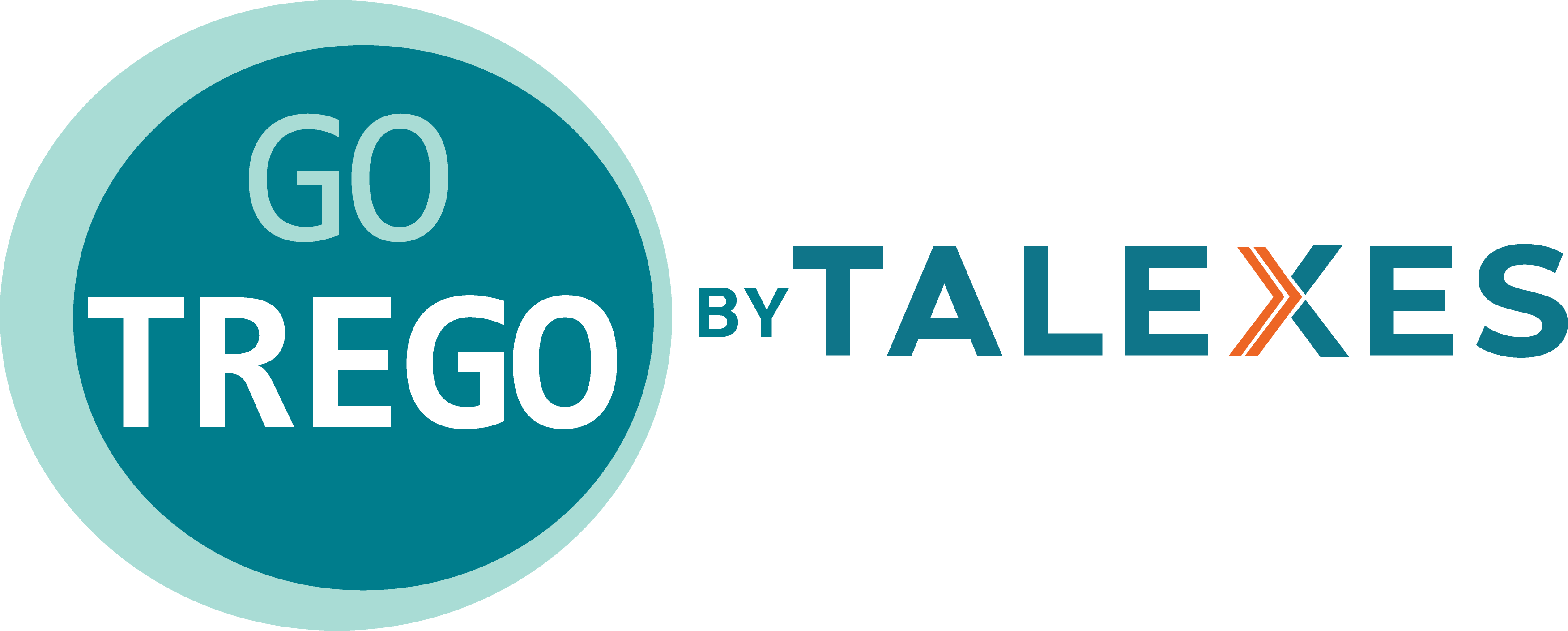
Decision Theory and Employee Selection
Employers make a dichotomous decision to hire or not hire an applicant. Varying degrees of hire/no hire do not exist. Once hired, at some point in time, an applicant can be categorized as "acceptable" or "unacceptable." Therefore, employee selection decisions will result in one of four possible outcomes.
Two of these outcomes are correct decisions and two are errors. For example, correct outcomes result when the decision is to:
1. Hire an applicant and the applicant turns out to be acceptable (win).
2. Reject an applicant when in fact the applicant would have been unacceptable (win).
Errors result when an applicant is:
3. Rejected but would have been acceptable if hired (miss).
4. Hired but turns out to be unacceptable (loss).
The goal of an employee selection strategy is to maximize the wins while minimizing the misses and losses.
One solution is to be more selective. You could reduce the total number of losses by using more stringent hiring requirements. However, that will simultaneously increase the number of misses. Or you could lower your requirements thus reducing the number of misses, but such a strategy will increase the number of losses.
These two employee selection strategies clearly indicate you cannot have the best of both worlds—sorry. There is always a trade-off, each strategy containing benefits but error and related costs. My professional experience indicates that although there is a cost associated with misses, the cost of a loss is significantly greater than the cost of misses.
Therefore, it makes good business sense to establish and maintain stringent hiring requirements thus increasing the odds of hiring wins and accept the fact that you will be rejecting applicants who might have been successful if hired. It is the price organizations must pay in order to hire the right people for the right jobs.

